iPhone 14 vs. iPhone 13: Which iPhone should Aussies buy in 2025?
Both phones are similar, but there are some key differences
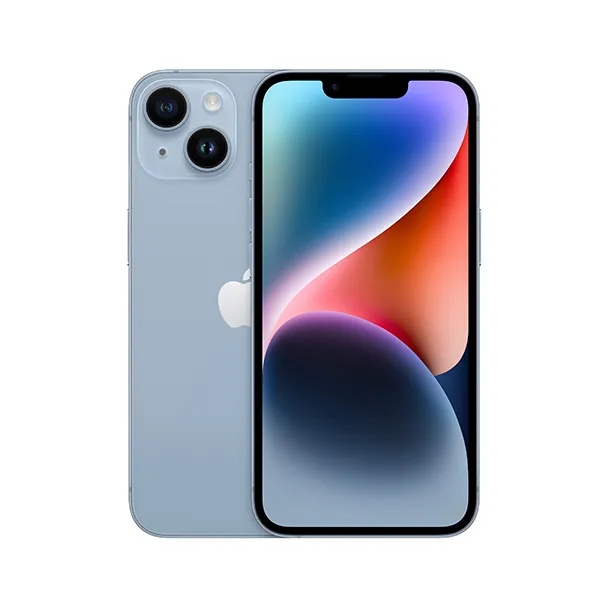
Apple's latest basic iPhone adds new camera abilities and tunes up the existing chipset, but is overall a small leap forward from the iPhone 13. It's certainly worth looking at if you're using an older iPhone model, but the iPhone 14 will leave you disappointed as an upgrade from its predecessor.
For
- Excellent cameras
- Vibrant display
- Fast A15 Bionic performance
- Impressive Action mode video
Against
- Still just 60Hz refresh rate
- No optical zoom
- Lack of SIM card slot will annoy some
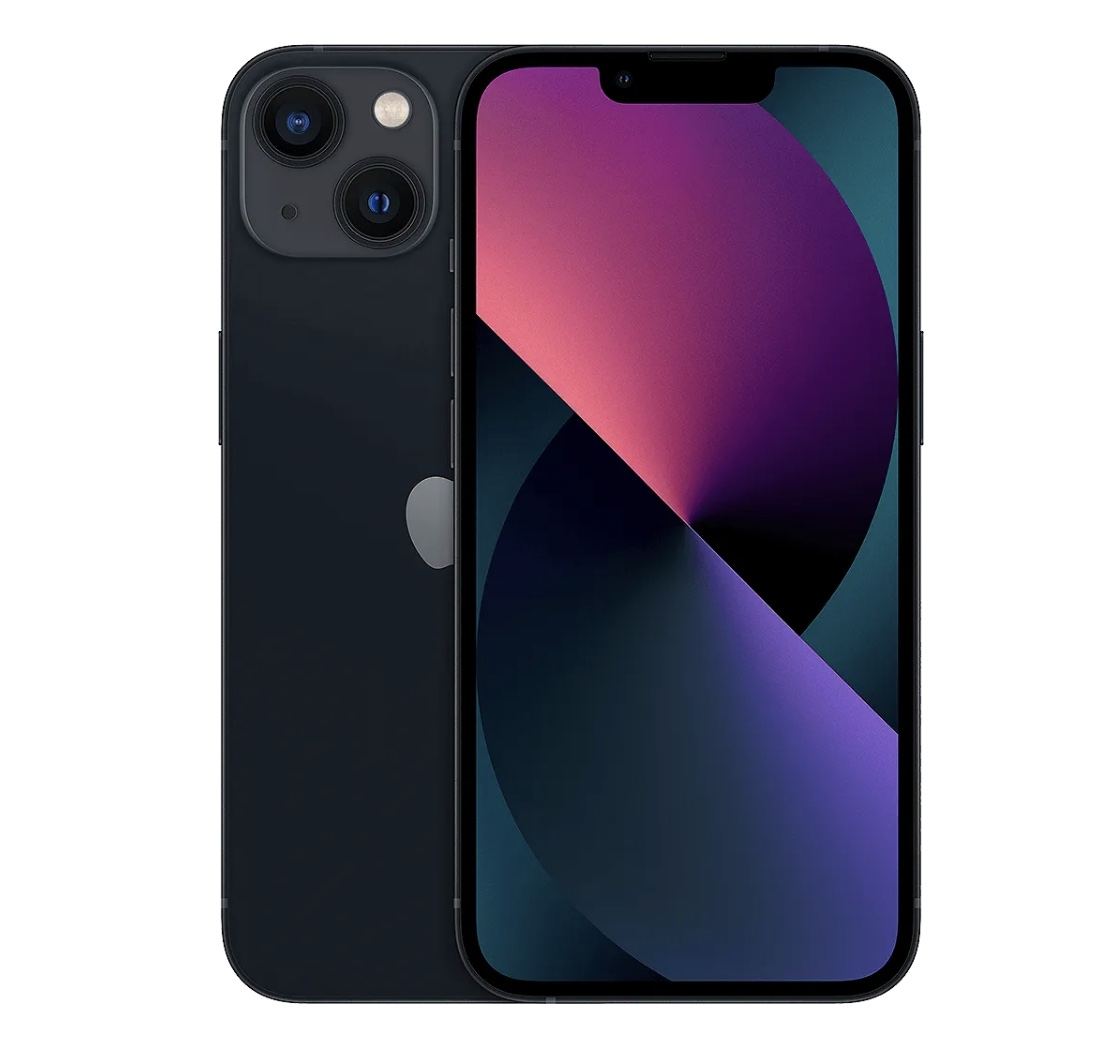
Apple introduced a smaller Face ID notch, Cinematic video mode, and improved the iPhone's power and display quality. But it still lacks a lot of premium features that similarly priced Android phones have like a fast display refresh rate or a telephoto camera.
For
- Brighter display
- Great cameras
- Fun Cinematic video mode
- Class-leading performance
- Very good battery life
Against
- Lacks 120Hz display
- Slower charging than rivals
- Cinematic mode capped at 1080p
At first glance, the battle between iPhone 14 vs. iPhone 13 seems like it would have an obvious victor. Apple's iPhone 14 is newer and more advanced than its predecessor, but are its additional features enough to justify its higher price?
In terms of their design, both handsets appear nearly identical to each other, leading many to consider the new iPhone an underwhelming upgrade — especially when compared to the iPhone 14 Pro, which feels like a proper successor and a legitimate evolution of Apple's smartphone approach.
That said, you shouldn't write off the iPhone 14 entirely, because this year's entry-level flagship still offers a number of notable upgrades — it's got a larger, brighter main camera sensor, as well as new safety features like Emergency SOS via satellite and Crash Detection.
Additionally, it also sports modified version of Apple's A15 Bionic chipset that came in the iPhone 13 for a bit of extra power (though the A16 Bionic chipset featured in the iPhone 14 Pro and iPhone 14 Pro Max would have been much better).
However, there's no denying that Apple's iPhone 13 is very similar, and comes in a bit cheaper now that the iPhone 14 lineup is available, making it a good option for those looking to save a bit of money. And, let's not forget that it's still one of best phones you can buy in 2023.
With these things in mind, we hope our iPhone 14 vs iPhone 13 guide will help you decide which phone is best suited to your needs.
Want to know what Apple's cooking up for this year? Take a look at our iPhone 15 and iPhone 15 Pro rumor hubs.
Sign up to get the BEST of Tom's Guide direct to your inbox.
Get instant access to breaking news, the hottest reviews, great deals and helpful tips.
iPhone 14 vs. iPhone 13: Cheat sheet
- Design: The design of the iPhone 14 and iPhone 13 is nearly the same, though the iPhone 14 loses the SIM Card tray.
- Price: The iPhone 14 starts at AU$1,399 while the iPhone 13 comes in at AU$1,229. The new 6.7-inch iPhone 14 Plus costs AU$1,579 for its base model, and Apple lowered the price of the iPhone 13 mini to AU$1,049.
- Performance: Both the iPhone 14 and iPhone 13 use the A15 Bionic chipset, but the new model has the 5-core GPU found in the iPhone 13 Pro. The iPhone 13 has a quad-core GPU.
- Cameras: The iPhone 14 has 12MP main and ultrawide cameras, just like the iPhone 13, but Apple introduced the new Photonic Engine this year. This elevates lighting in photos to brighten images, especially in low light.
- Video: The iPhone 14 sports Action mode, which is video stabilization on steroids. It's ideal for situations where the subject or videographer are in constant motion.
- Battery life: Battery life on the iPhone 14 got worse, however, down to 9 hours, 28 minutes in our testing from the iPhone 13's 10 hours, 33 minutes. The iPhone 14 Plus fared much better at 11 hours, 57 minutes.
- iOS 16: Both the iPhone 14 and iPhone 13 run iOS 16, though the latter needs to update to it. This version includes sweeping changes to the lock screen and a bunch of other neat features.
iPhone 14 vs. iPhone 13: Specs
| Row 0 - Cell 0 | iPhone 14 | iPhone 14 Plus | iPhone 13 | iPhone 13 mini |
| Current starting price | AU$1,399 | AU$1,579 | AU$1,229 | AU$1,049 |
| Screen Size | 6.1 inches | 6.7 inches | 6.1 inches | 5.4 inches |
| Display resolution | Super Retina XDR OLED (2532x1170) | Super Retina XDR OLED (2778x1284) | Super Retina XDR OLED (2532x1170) | Super Retina XDR OLED (2340x1080) |
| Max display brightness | 1200 nits (HDR) | 1200 nits (HDR) | 1200 nits (HDR) | 1200 nits (HDR) |
| Processor | A15 Bionic chip with 5-core GPU | A15 Bionic chip with 5-core GPU | A15 Bionic chip with 4-core GPU | A15 Bionic chip with 4-core GPU |
| Rear cameras | 12MP main (f/1.5); 12MP ultrawide (f/2.4) | 12MP main (f/1.5); 12MP ultrawide (f/2.4) | 12MP main (f/1.6); 12MP ultrawide (f/2.4) | 12MP main (f/1.6); 12MP ultrawide (f/2.4) |
| Front camera | 12MP TrueDepth camera (f/1.9) with Autofocus | 12MP TrueDepth camera (f/1.9) with Autofocus | 12MP TrueDepth camera (f/2.2) | 12MP TrueDepth camera (f/2.2) |
| Battery life | Up to 20 hours video playback | Up to 26 hours video playback | Up to 19 hours of video playback | Up to 17 hours of video playback |
| Colors | Midnight, Starlight, Blue, Purple, and (Product) Red | Midnight, Starlight, Blue, Purple, and (Product) Red | Pink, Blue, Midnight, Starlight, Green and (Product) Red | Pink, Blue, Midnight, Starlight, Green and (Product) Red |
| Size | 146.7 x 71.5 x 7.8mm | 160.8 x 78.1 x 7.8mm | 146.7 x 71.5 x 7.7mm | 131.5 x 64.2 x 7.7mm |
| Weight | 172g | 203g | 174g | 141g |
iPhone 14 vs. iPhone 13: Price and availability
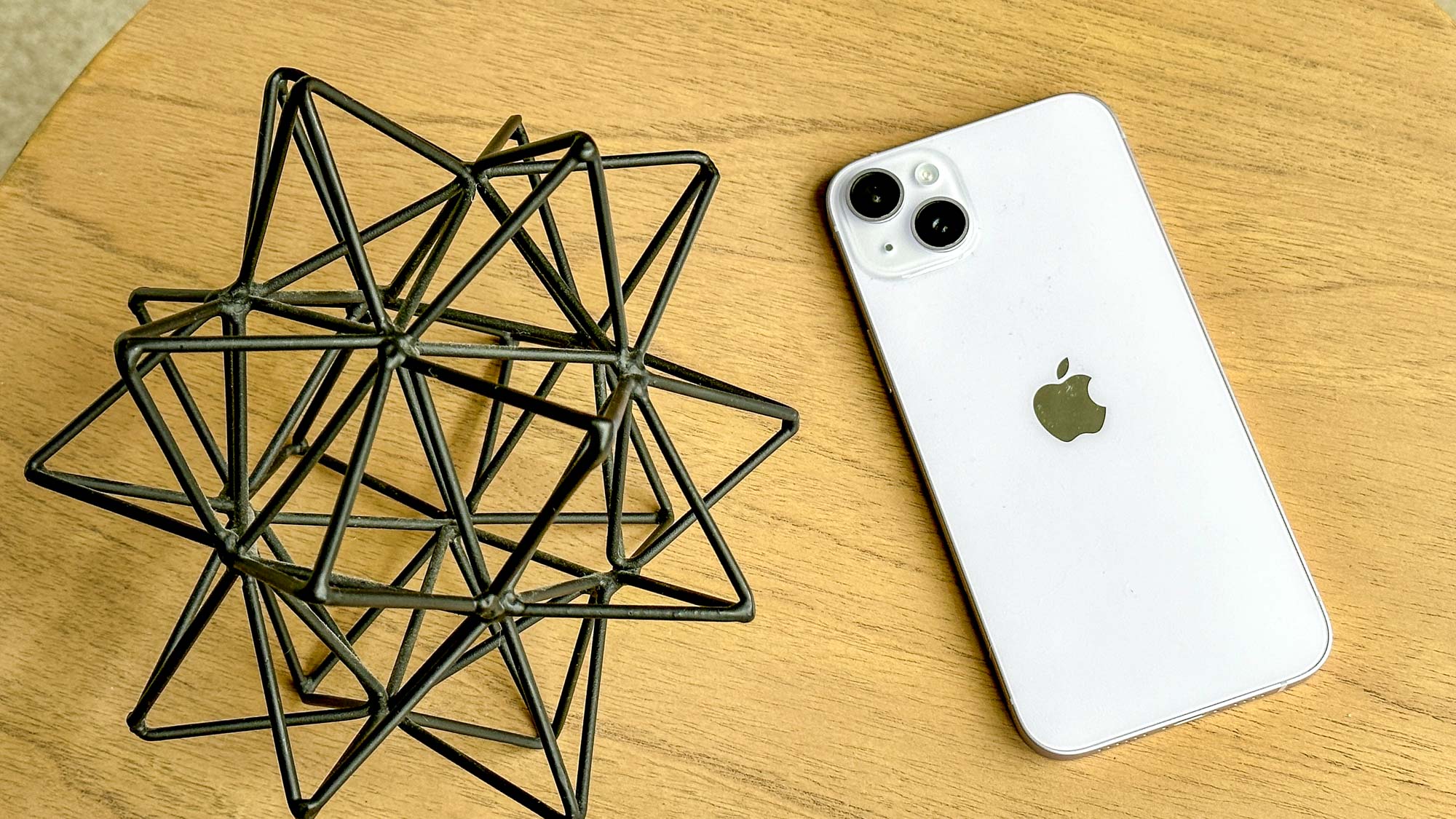
The standard iPhone 14 costs AU$1,399. That had been the iPhone 13's price, which is now AU$170 cheaper at AU$1,229.
Apple gave the iPhone lineup a huge shakeup for the iPhone 14 launch by dropping the iPhone mini in the new range (the iPhone 13 mini is still available, though). Instead, there's a 6.1-inch iPhone 14 and a 6.7-inch iPhone 14 Plus, which costs AU$1,579.
The Plus is very similar to the iPhone 14 and the only notable differences are the screen size and battery. (Our iPhone 14 vs. iPhone 14 Plus comparison goes into greater depth on what's the same and what's different.)
All that remains of the iPhone 13 lineup on Apple's store is the 6.1-inch iPhone 13 and the 5.4-inch iPhone 13 mini, which is AU$1,049. The iPhone 13 mini joins the iPhone SE 2022 as the last remaining compact phone in Apple's lineup.
iPhone 14 vs. iPhone 13: Design
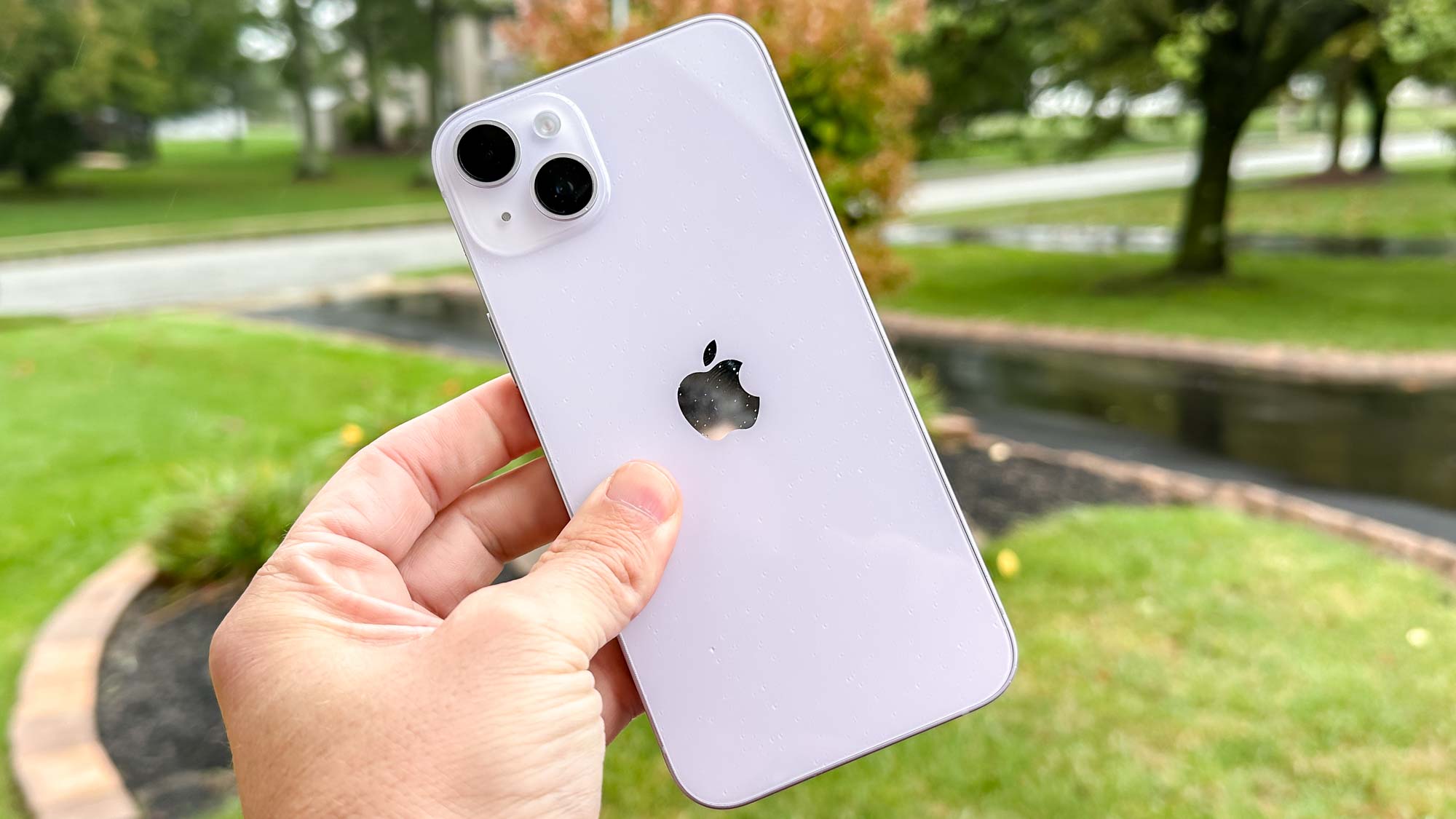
The iPhone 14 looks very similar to the iPhone 13. Both are made of glass and aluminum with glossy backs. The iPhone 14 has a Ceramic Shield on the front glass for added durability, just like the previous model. Based on drop tests involving the iPhone 14 Plus, though, it sounds like the new models are still prone to damage from drops, so you'll want to get one of the best iPhone 14 cases or the best iPhone 14 Plus cases, just as the best iPhone 13 cases helped prevent damage to Apple's older phones.
The iPhone 13 changed the rear camera module layout from vertically stacked lenses to diagonally arranged ones on the back. iPhone 14 sticks with that approach. Up front, the new phone uses the slightly smaller notch that we saw on the iPhone 13 instead of the Dynamic Island cutout that the iPhone 14 Pro models now utilize.
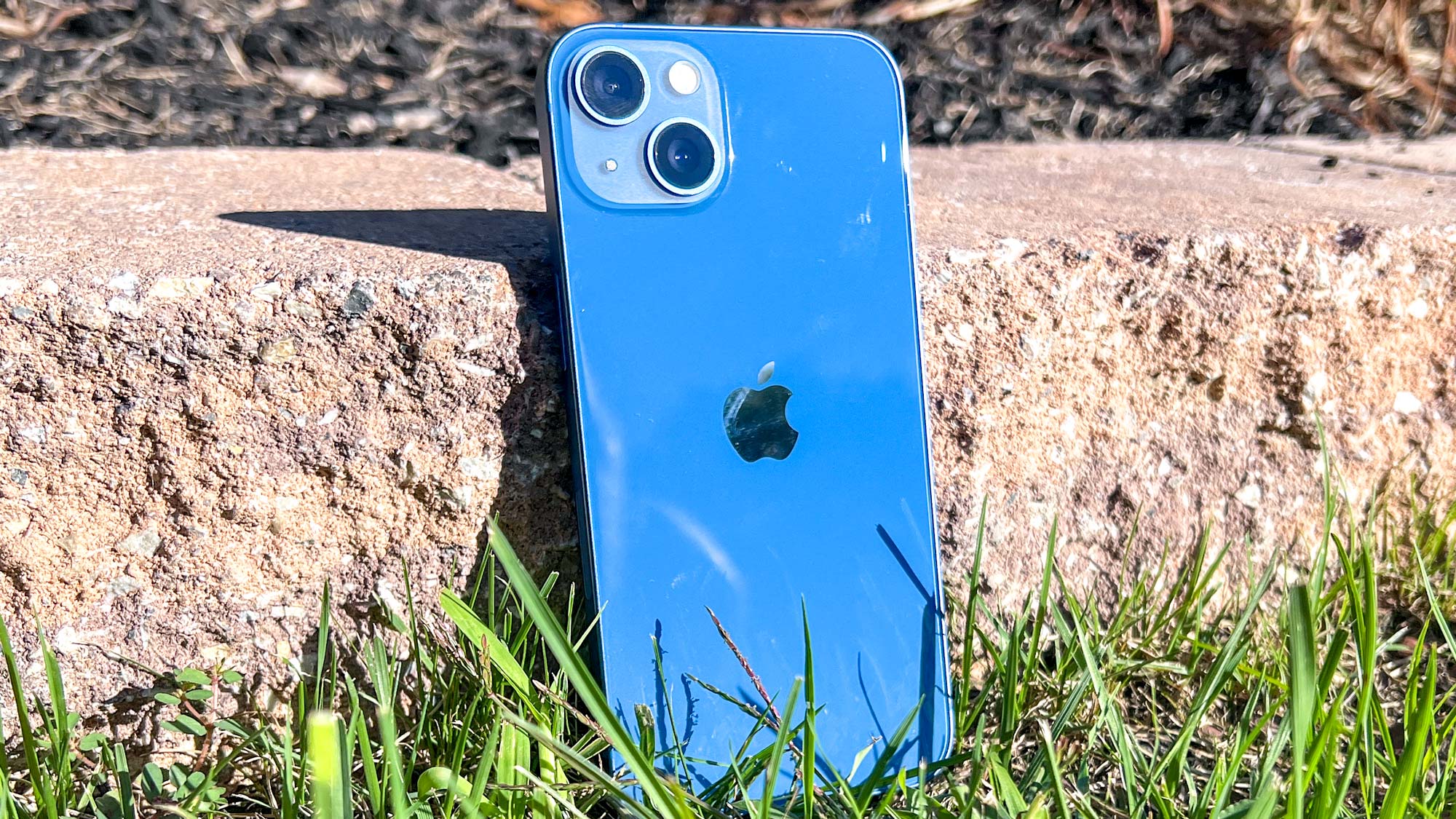
The iPhone 14 comes in five colors: Midnight, Starlight, Blue, Purple, and (Product) Red. The iPhone 13 colors include Pink, Blue, Midnight, Starlight, Green and Red.
Apple has done away with the physical SIM tray on U.S. iPhone 14 models, which means that the iPhone 14 is an eSIM-only phone. So if you want a SIM card tray, the iPhone 13 might be a better choice for you.
iPhone 14 vs. iPhone 13: Display

The iPhone 14 and iPhone 13 have practically identical 6.1-inch OLED displays, featuring HDR support, 800 nits of brightness and 1,200 nits of peak brightness with HDR content. In our testing with a light meter, the iPhone 13 proved slightly brighter at 795 nits to the iPhone 14's 757 nits.
Color reproduction remained similar, too, with the iPhone 14 managing 117% of the sRGB spectrum and 83% of the more challenging DCI-P3 gamut. For reference, the iPhone 13 could do 110% and 78%, respectively. To the human eye, that distinction is pretty hard to see.
The iPhone 14 lineup gives you the option of going bigger if you want with the iPhone 14 Plus, which gives you more real estate with 6.7 inches, the same size as the iPhone 14 Pro Max. This panel fits more content on screen at once and is more immersive for watching videos.

However, if you prefer smaller phones, the iPhone 13 mini is still a good option with its tiny 5.4-inch display. Something that compact may not be ideal for gaming or for long bouts of reading, but most people can easily use the mini with one hand.
Across the board, the displays on the iPhone 14 lineup look rather similar to the iPhone 13 lineup's. We wish Apple had gone with a higher refresh rate for the iPhone 14, like 90Hz, but you're stuck with 60Hz either way.
iPhone 14 vs iPhone 13: Cameras
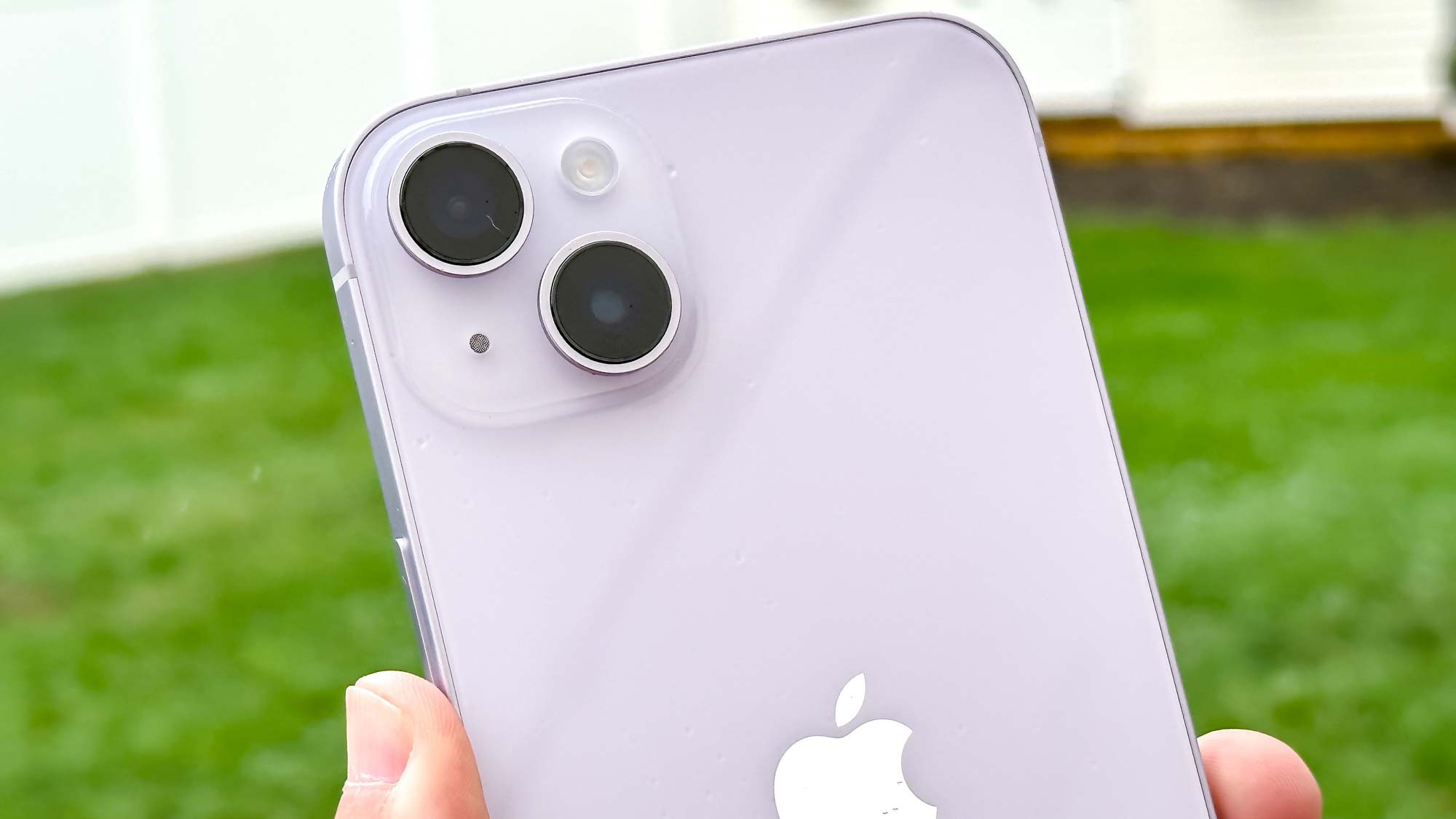
Some of the biggest upgrades included with the iPhone 14 involve its cameras. Like its predecessor, the new iPhone 14 models feature a pair of rear 12MP cameras — one a main lens, the other an ultrawide shooter. But this time, the iPhone 14's main sensor is much larger with bigger pixels (1.9 microns), and with a faster f/1.5 aperture and sensor-shift image stabilization.
All of this adds up to better photos and video, delivering better detail and less noise. Night mode is also improved with the exposure now twice as fast. The Photonic Engine feature helps improve low-light performance across all of the cameras. Indeed, all those changes helped the iPhone 14 land on our list of the best camera phones.
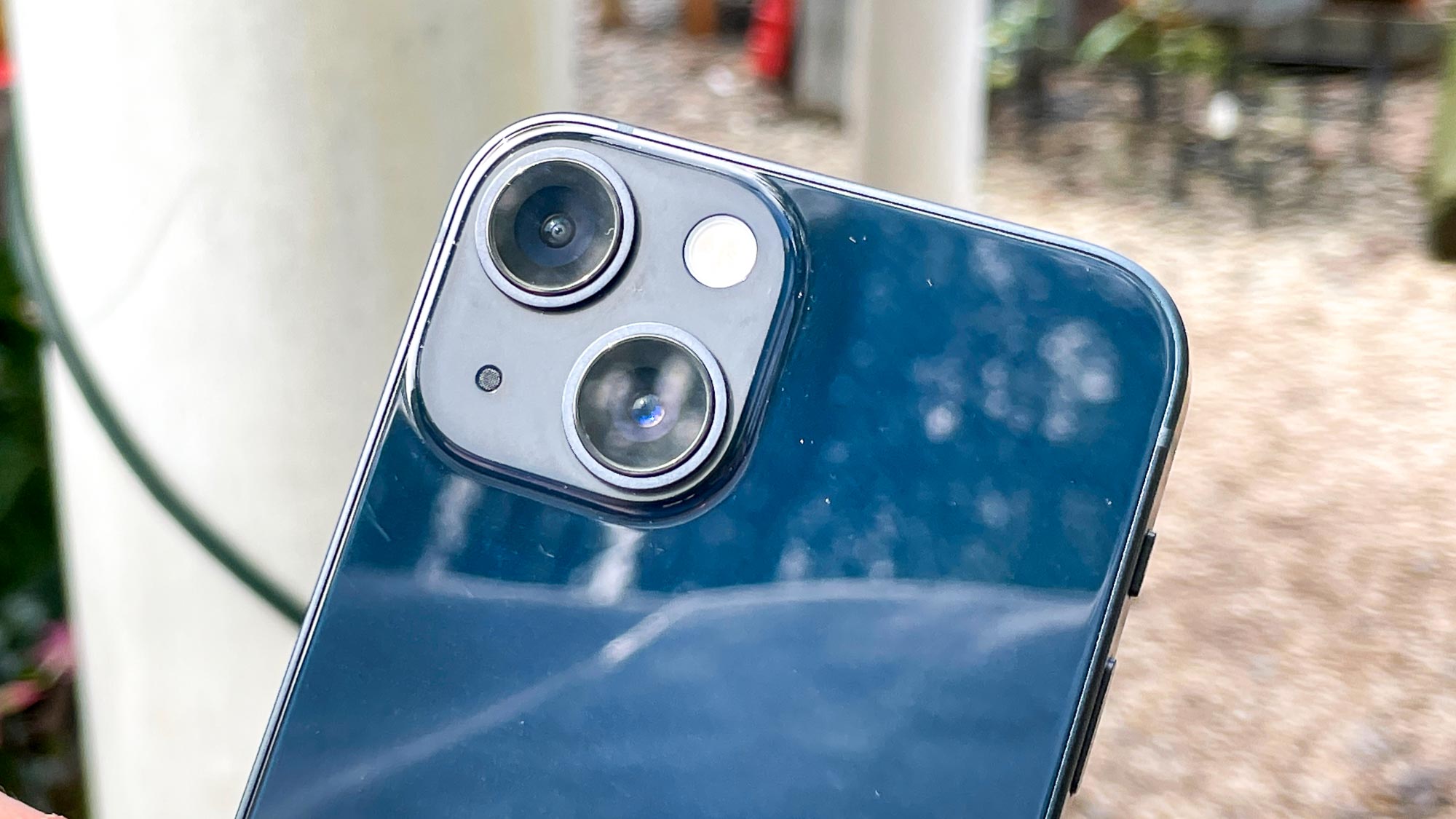
The front camera on the iPhone 14 has also changed. This new TrueDepth camera has an ƒ/1.9 aperture that is supposed to help in low light. In contrast, the iPhone 13 makes do with an f/2.2 aperture. And you get autofocus for the first time on a front iPhone camera with the iPhone 14 and iPhone 14 Plus.
In terms of video, Apple has introduced a new Action mode that is designed to add better stabilization to videos taken on the go on the iPhone 14. The feature is extremely impressive.
To see how different the cameras are, we conducted an iPhone 14 vs iPhone 13 camera face-off. Whatever differences exist in the quality of photos is pretty slight, with a few exceptions.
In this shot of a reindeer sculpture, for example, you might notice some difference in color and texture — the eyes in the iPhone 14 photo are more detailed, while the blue color is deeper in the iPhone 13's shot. The iPhone 14 photo is probably the more accurate of the two, but you wouldn't feel shortchanged by what the iPhone 13 produced.
Changes are a bit more noticeable in low light. This night shot features a more balanced skin tone in the iPhone 14 shot, though even the iPhone 13 was able to call out details in that sweater.
Overall, we think the iPhone 14 produces better photos than the iPhone 13. But the improvements are not significant enough to justify the AU$170 price difference all on their own.
iPhone 14 vs iPhone 13: Performance
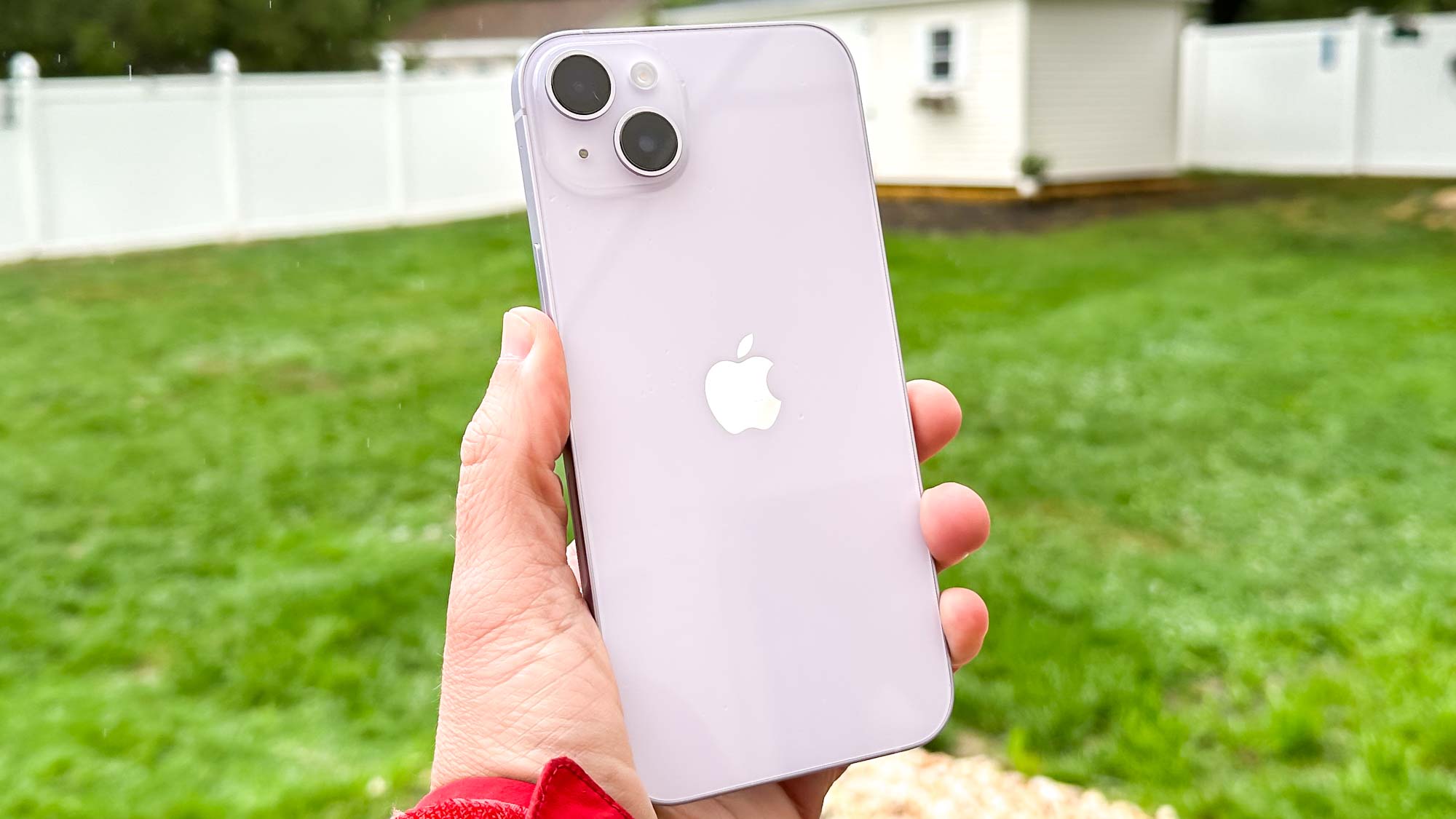
A new iPhone normally means new chipsets, but for the first time in the iPhone's history, this is not the case for the iPhone 14 and iPhone 14 Plus. Apple has stuck with the high-end A15 bionic that powered last year's iPhone lineup, though it's not the exact same silicon that the iPhone 13 used.
Instead, the A15 Bionic powering the iPhone 14 and iPhone 14 Plus is the same chip found in the iPhone 13 Pro. That means a 5-core GPU for boosted gaming performance compared to the iPhone 13 and its 4-core GPU.
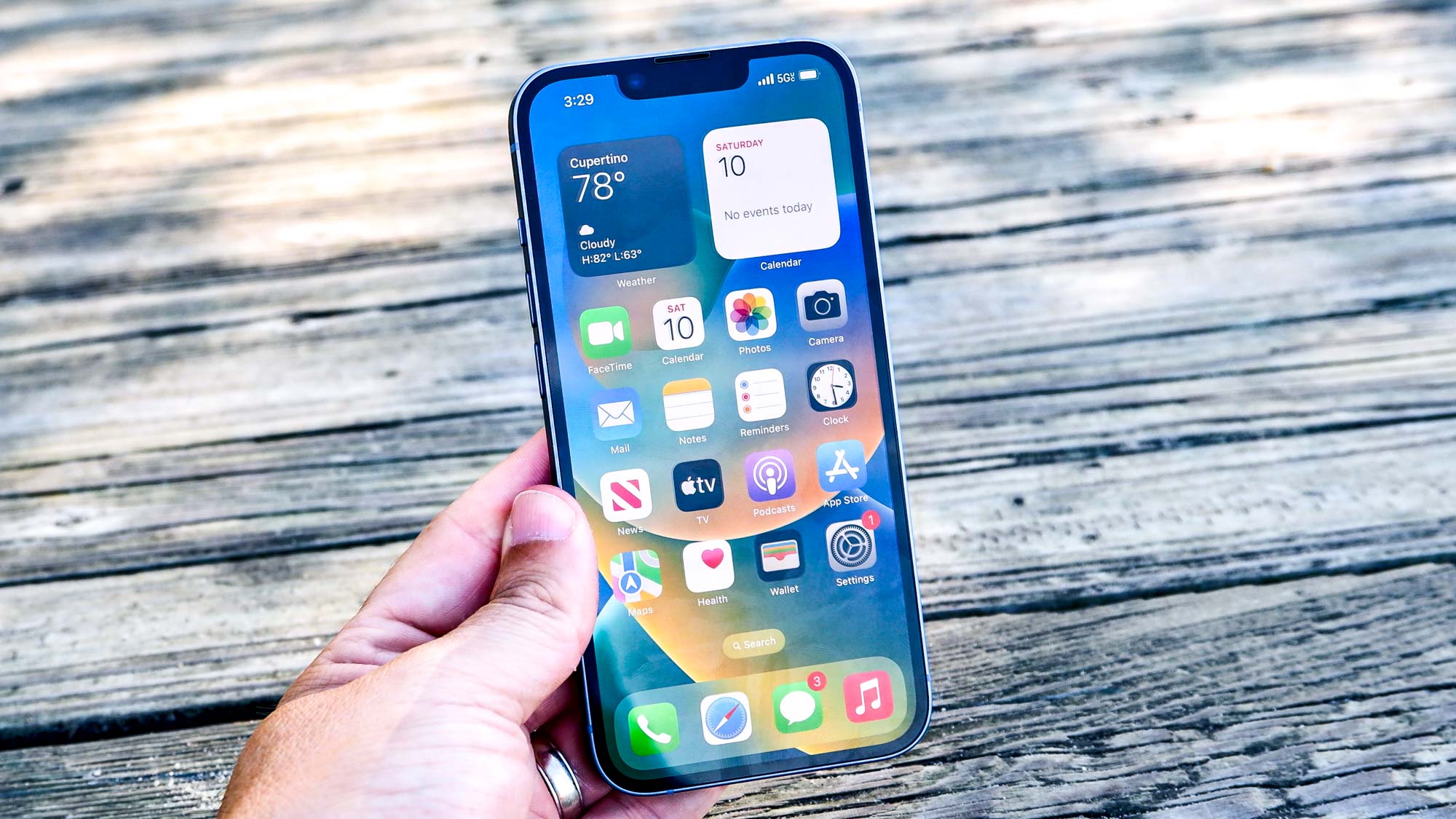
Our iPhone 14 vs iPhone 13 benchmarks show what that means for the new phones. On Geekbench 5, the iPhone 14 posted better single- and multicore results (1,727 and 4,553, respectively) compared to the iPhone 13 (1,684 and 4,192). The iPhone 14 also had a higher frame rate score in 3DMark's Wild Life Unlimited test — 69 fps to the iPhone 13's 60 fps result.
One area where the two phones were indistinguishable involved our real-world video transcoding test. In fact, the iPhone 13 transcoded a 4K video 2 seconds faster than the iPhone 14 did.
The bottom line? You'll see a slight performance boost if you opt for the iPhone 14 over the iPhone 13.
iPhone 14 vs. iPhone 13: Battery life and charging

The iPhone 14 is rated for up to 20 hours of video playback, 16 hours of streamed video and 80 hours of audio. The iPhone 13 is rated for 19 hours, 15 hours and 75 hours, which means a boost to battery life — at least on paper.
Sadly, in our battery testing, where we have a phone surf the web continuously over cellular until it runs out of power, the iPhone 14 fared worse than its predecessor. While the iPhone 13 approached 10.5 hours when we tested that phone, the iPhone 14 could only manage 9 hours and 28 minutes — about half-an-hour behind the average for smartphones.
If you want a long-lasting phone, opt for the iPhone 14 Plus and its bigger battery. That 6.7-inch device held out for 11 hours and 57 minutes, an excellent time that lands it on our best phone battery life list.
All of the iPhone 14 and iPhone 13 models charge at a rather measly 20W. That's much slower than most of the Android competition. For example, the iPhone 14 took about half an hour to get back just half of its battery (54%). The iPhone 14 Plus? 46% in 30 minutes. The iPhone 13 and iPhone 13 mini aren't much different at 51% and 58% in 30 minutes, respectively.
iPhone 14 vs. iPhone 13: Safety features
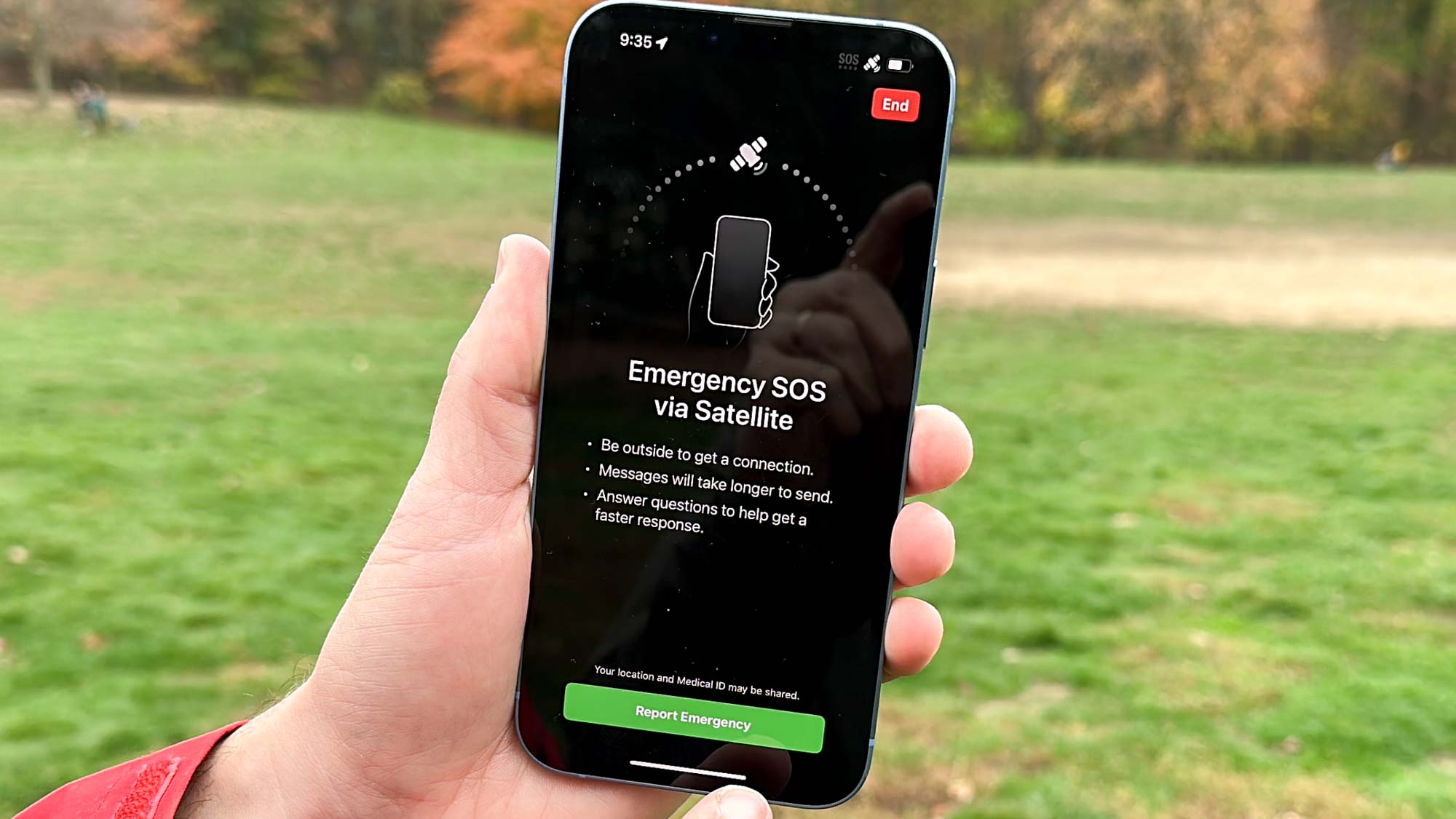
When it comes to safety features, Apple has brought some significant changes to the iPhone 14. This includes improving the phone’s thermal performance and a new Emergency SOS via satellite feature that will let you get help even when there is no cellular connection. Apple spent a lot of time highlighting this addition, as it could prove to be lifesaving in the worst of circumstances. The iPhone 13 will not get access to this.
Also new and exclusive to the iPhone 14 is Crash Detection. This is self-explanatory as the iPhone 14 can detect a car crash and call for emergency services. We think it's odd that Apple would exclude the iPhone 13 from such a useful safety feature, but the iPhone 13 still features the SOS mode when you hold down on the power button.
iPhone 14 vs. iPhone 13: Software
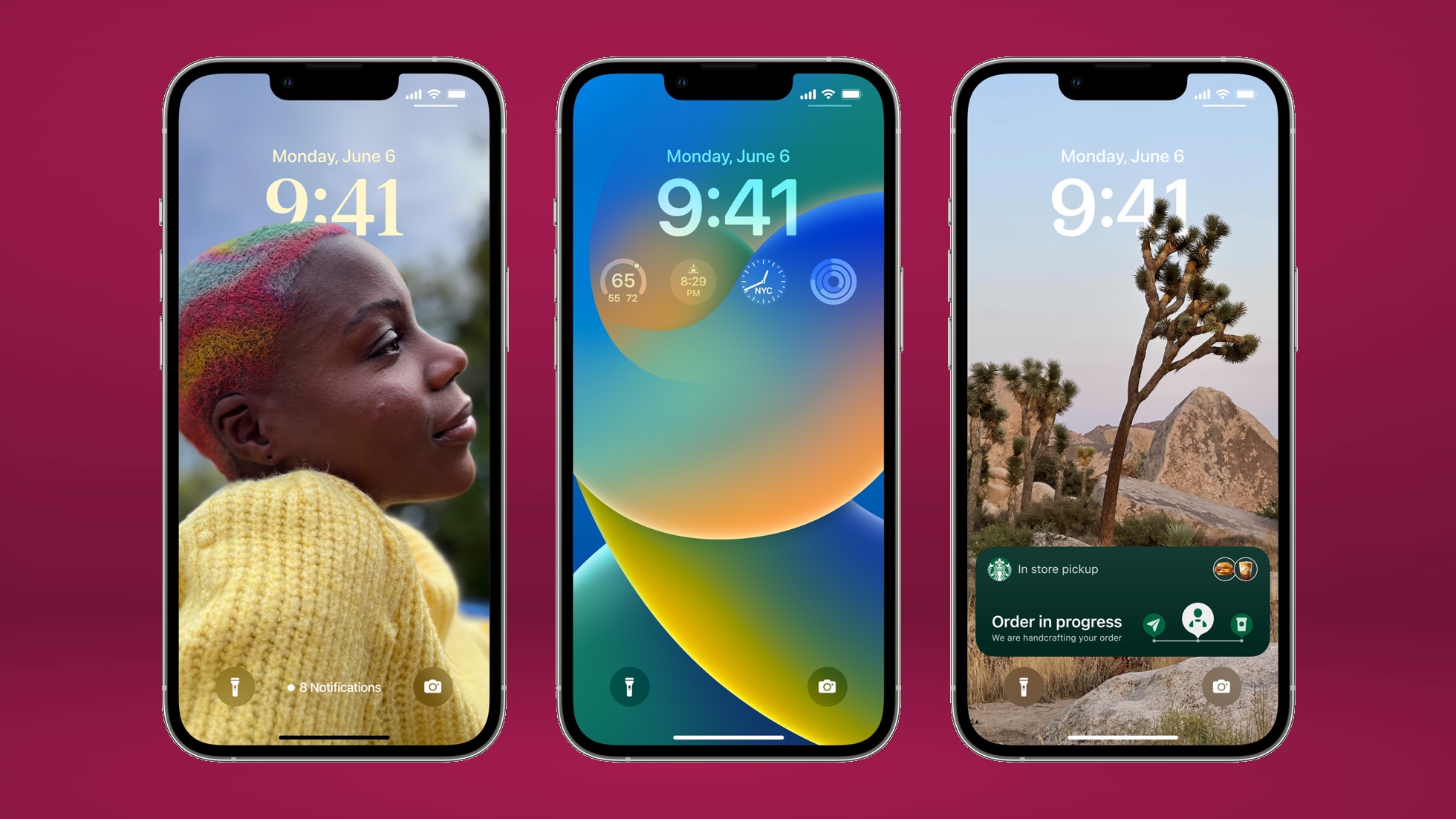
The good news here is that both the iPhone 14 and iPhone 13 run iOS 16. The latter requires an update since it launched with iOS 15 last year, but the iPhone 14 runs the latest software out of the box.
That means both phones have access to things like the new lock screen customizations, edit and undo send in Messages, and much more. If you want learn all you need to know about Apple's newest mobile operating system, check out our iOS 16 review.
Since they run essentially the same chipset, there aren't many discrepancies in general software between the iPhone 14 and iPhone 13. You get basically the same experience outside of the cameras.
iPhone 14 vs iPhone 13: Bottom line
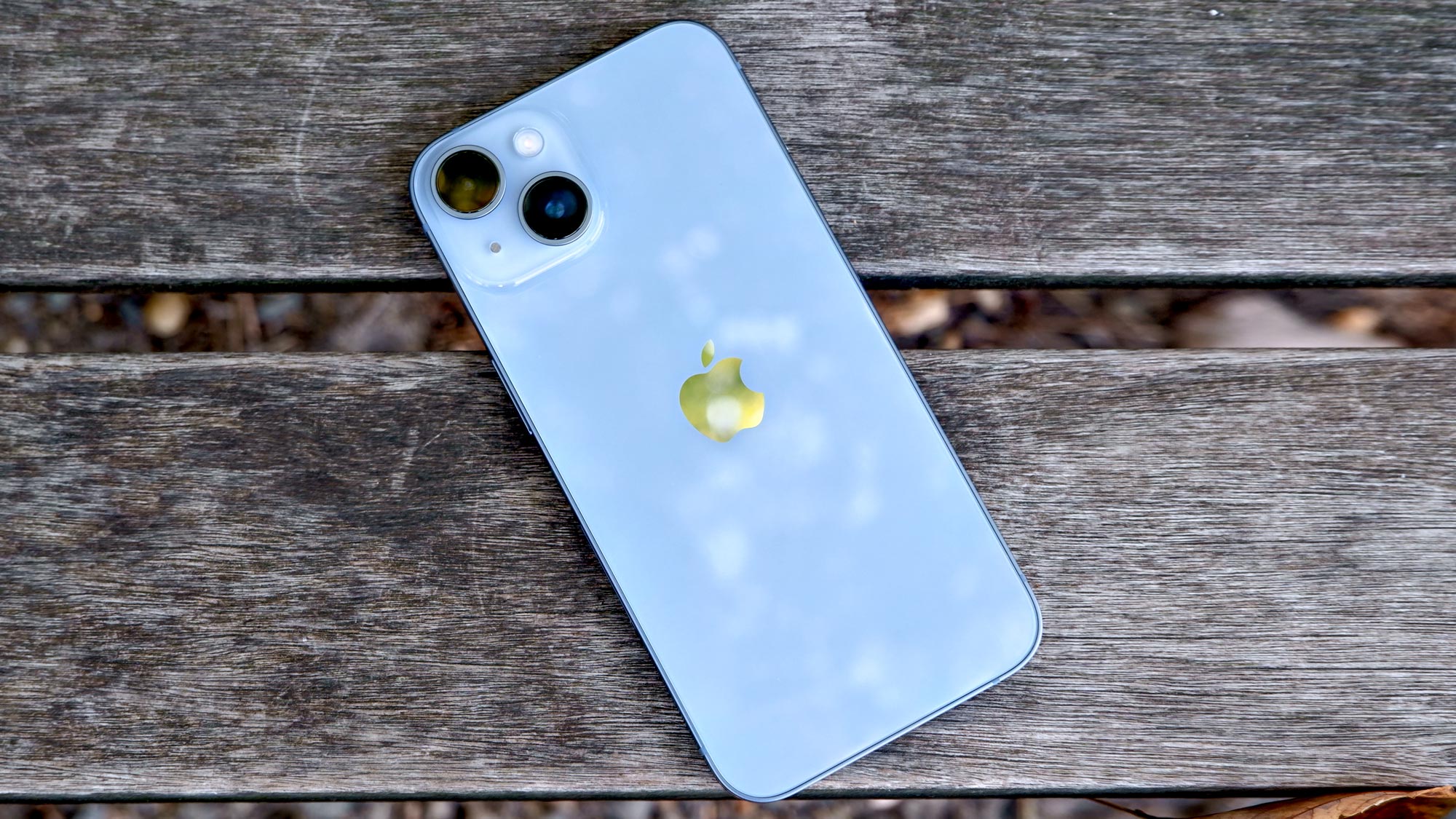
The iPhone 14 brings some big upgrades like SOS Emergency satellite connectivity, Crash Detection and improvements in low light photography. Even with those improvements, though, you'll still find many similarities to the iPhone 13.
This includes the A15 Bionic chip, the display (with the exception of the larger iPhone 14 Plus model) and the overall design. With iOS 16, the iPhone 13 also gets all of Apple's latest software features, including the customizable lockscreen display.
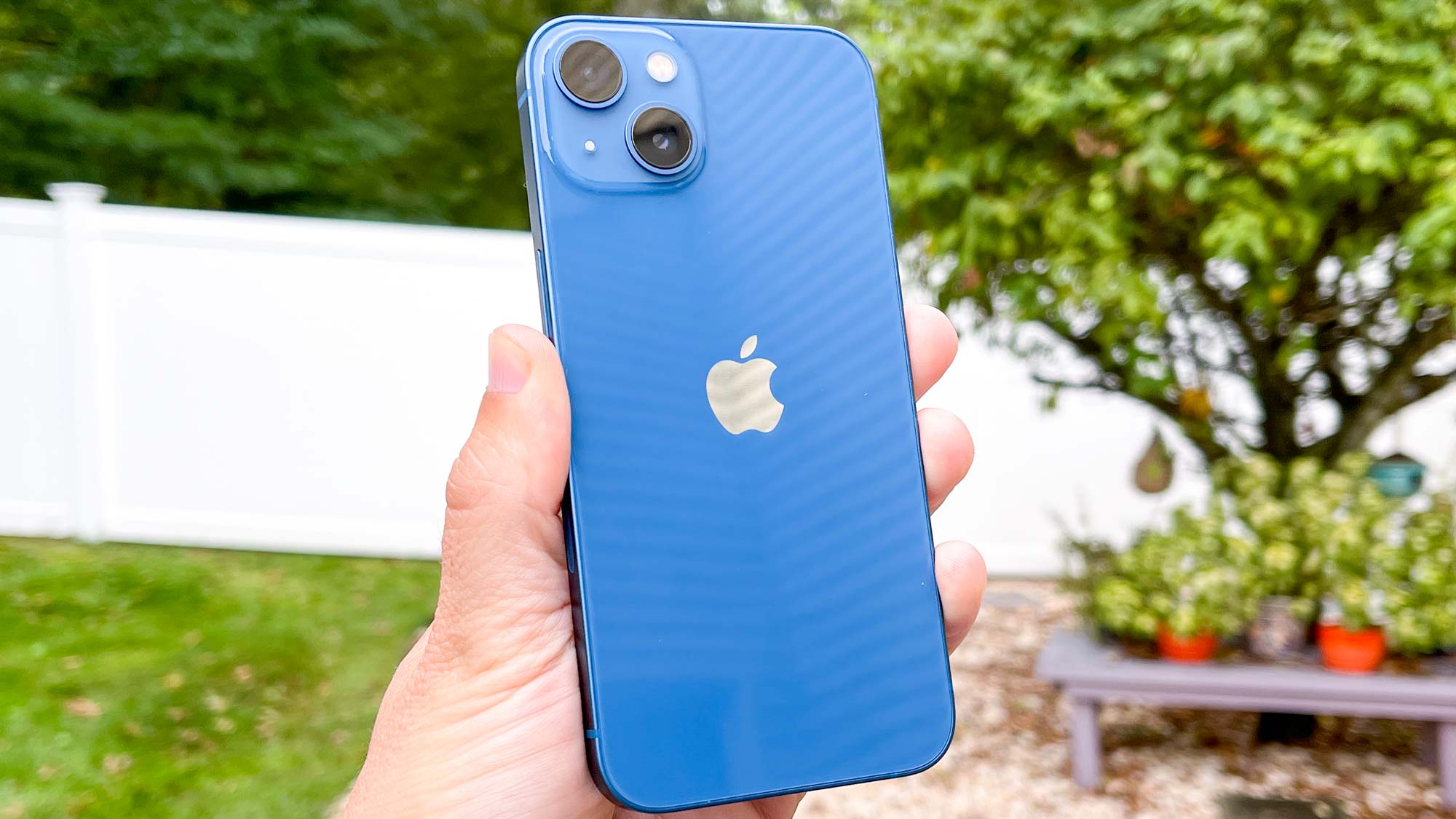
We like the iPhone 14 a lot, even if the iPhone 14 Pro and iPhone 14 Pro Max are the more impressive upgrades. And if you upgrade to the iPhone 14 from an older phone, you'll notice some big improvements. (Anyone with an iPhone 13 from last year is advised to stay put.)
The question is: If you've got an eye on your budget, would the iPhone 13 be a better choice to upgrade now that it costs AU$170 less? Certainly, you'll give up some performance and camera gains that the iPhone 14 would deliver, and those Emergency SOS via satellite and crash detection features aren't coming to Apple's older phones.
So, yes, the new iPhone 14 is an excellent flagship, but the discounted iPhone 13 is still a great value buy.

Jordan is the Phones Editor for Tom's Guide, covering all things phone-related. He's written about phones for over six years and plans to continue for a long while to come. He loves nothing more than relaxing in his home with a book, game, or his latest personal writing project. Jordan likes finding new things to dive into, from books and games to new mechanical keyboard switches and fun keycap sets. Outside of work, you can find him poring over open-source software and his studies.
- Mark Spoonauer
- Sanjana PrakashNews Editor
